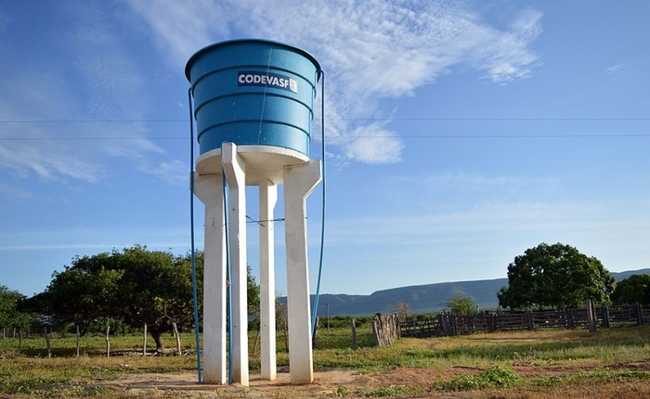Learn how to clean a water tank
The cleaning of the water tank must be done every six months by the resident himself

Edited and resized image of Border, is available on Wikimedia and licensed under CC BY-SA 4.0
Many people have doubts about how to clean a water tank, how often to do it and what care must be taken in this process. Cleaning the water tank is a fundamental measure to preserve your health and that of your family, as this care keeps impurities away and makes the water always suitable for consumption. The cleaning of the water tank must be done every six months by the resident himself, but it is necessary to be aware of safety measures.
In many cases, water tanks are in places with difficult access or risk of falling. For large boxes, such as condominiums, Sabesp recommends seeking professional service. In addition, the company indicates that steel brushes, steel wool, brooms and similar objects are not used for cleaning. Check out Sabesp's step-by-step instructions and tips to clean the water tank properly.
Step by step to perform water tank cleaning
Sabesp guarantees the quality of the water it supplies, rigorously monitoring all stages of the supply system, from the source to the trestle at the entrance of the properties. After this treatment, you need to do your part, cleaning the water tank.
When it arrives at your home, the water is drinkable and free of harmful micro-organisms. But if the water tank is not clean and disinfected, all its contents can become contaminated, making the water unsafe for consumption and putting the health of all residents at risk. To avoid this problem, it is important to take care of the hydraulic installations and clean the water tank every six months, according to the following steps:
- Schedule your water tank cleaning day in advance. Preferably choose a weekend when you have no appointments scheduled;
- Make sure that the ladder that gives access to the box is well positioned and that there is no risk of slipping;
- Close the water inlet valve in the house or tie the buoy;
- Store water from the box itself to use while cleaning;
- The bottom of the box should have a handhold of water;
- Cover the outlet to be able to use that foot of water from the bottom and so that the dirt does not go down the drain;
- Use a damp cloth to wash the walls and bottom of the box. If the box is made of fiber cement, replace the damp cloth with a vegetable fiber brush. Do not use a wire brush, broom, soap, detergent or other chemicals;
- Remove wash water and dirt with a shovel, bucket and rags. Dry the bottom with clean cloths and avoid rubbing them on the walls;
- Still with the box outlet closed, let in a hand of water and add two liters of bleach. Leave for two hours and use this disinfectant solution to wet the walls with the help of a brush and a bucket or mug;
- Check every 30 minutes that the walls are dry. If this has happened, make as many applications of the mixture as necessary to complete two hours;
- Do not use this water at all for two hours;
- After the two hours, with the buoy still tied or the register closed, open the exit of the box and empty it. Open all the faucets and activate the flushes to disinfect all the pipes in the house;
- Try to use this first water to wash the yard, bathrooms and floors;
- Cover the box tightly so that no insects, dirt or small animals can enter. This prevents the transmission of disease. The lid must have been washed before being put in place;
- Write the cleaning date on the outside of the box and the date for the next cleaning on the calendar. Open the house's water intake and let the box fill. This water can now be used;
Cleaning the water tank is an important task, as you help to keep away many animals, insects and microorganisms that can be harmful to health. When cleaning the water tank, you ensure the quality of the water and avoid ingesting the contaminated liquid or even using it in food hygiene and when taking a shower.










